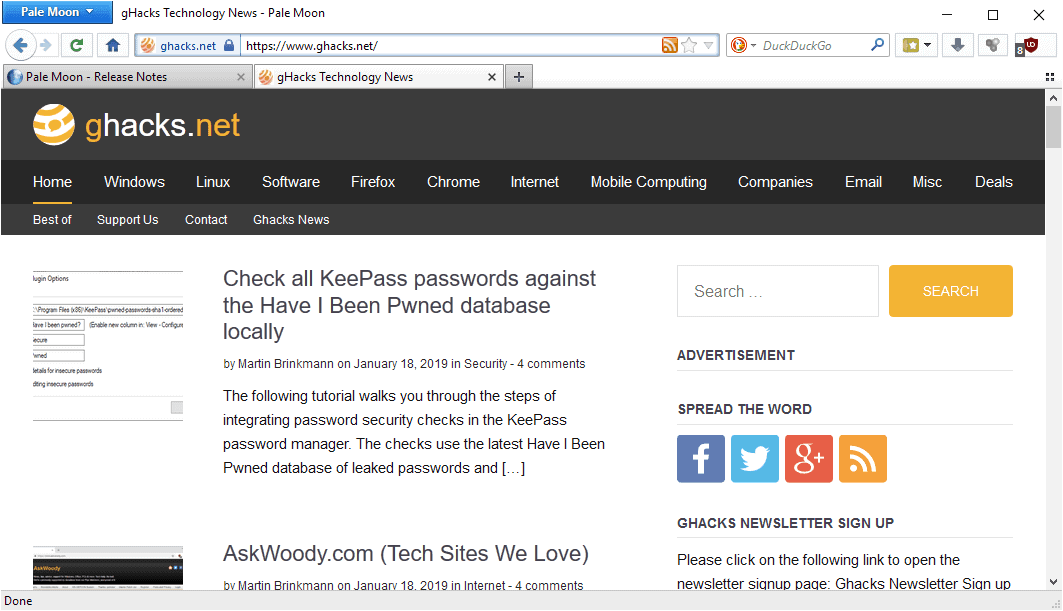
The AllowListUrlPattern supports all kinds of wildcards and various patterns to match specific URLs and even files. However, if we add any entries to the ‘Allow List’, Flash will continue to run for those URLs! By defaulting this to ON after Jan 12th 2021, they achieve their objective of disabling Flash for most users. This config flag has been around for years and allows system administrators to only allow Flash to run on specific URLs. It turns out that the ‘kill switch’ that Adobe is using is actually just to change the default value of the EnableAllowList config flag from the previous default of 0 to the new default of 1. It is also reasonably secure as it only enables Flash for specific URLs that you choose, so you don’t have to worry about Dave from accounting’s PC being exposed to any ‘niche’ browsing habits around the seedier corners of the internet… How does this fix work? This works with the latest version of Flash, so you don’t need to downgrade. You do not need to restart the browser (at least not when I tested this on OSX with Firefox) – Flash seems to pick these settings up next time you refresh the page. Once this file is saved, hit refresh in your browser and your legacy web app should load. Obviously, you need to replace with the URL of your legacy app. # Pattern to enable Your Legacy Flash Web App: # indicating which pattern it matched or that # but console output is written for each request # In preview mode, all requests go unblocked, # unless the url matches a pattern in the list. # Normally, the allow list blocks URL requests

# Disable prompts to uninstall Flash Player This file needs to be replaced with the following content: # Disable Automatic Updates

C:\Windows\SysWOW64\Macromed\Flash\mms.cfg on 64bit Windows OS.C:\Windows\System32\Macromed\Flash\mms.cfg on 32bit Windows OS./Library/Application Support/Macromedia/mms.cfg on OSX.On any device that we want to enable our legacy app on, we need to edit the mms.cfg file that holds the configuration for Flash Player. Reading the Flash Player Administrator’s Guide, in a section called: Administration > Enterprise Enablement we find the official solution.


 0 kommentar(er)
0 kommentar(er)
